The new Space Race is all about your smartphone
Direct satellite connectivity is the latest trend in mobile communications.
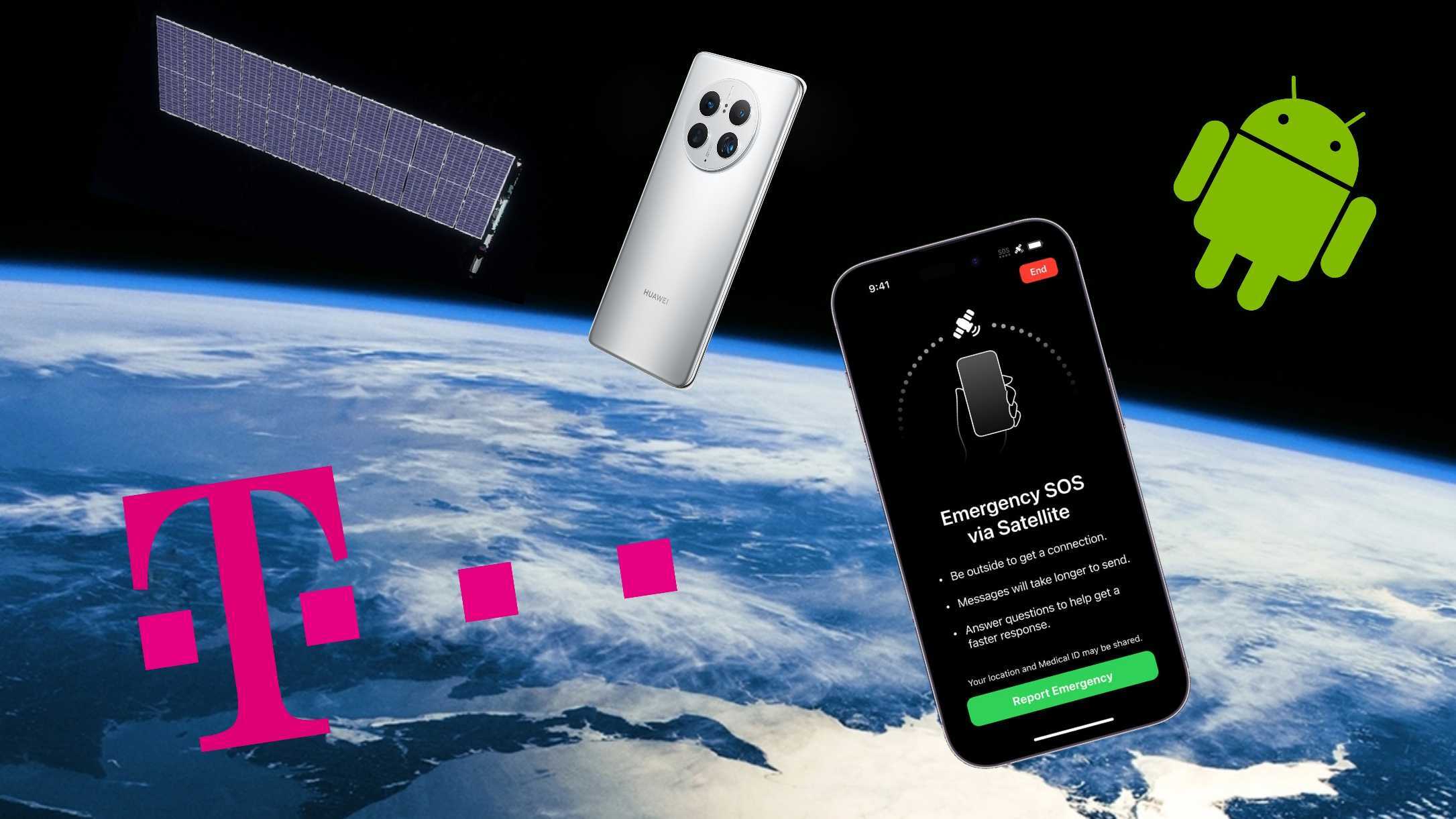
There’s been much talk about satellite connectivity lately, with companies like Apple, T-Mobile, and even Huawei boasting the technology in their latest phones and upcoming plans. But what does this mean for consumers and carriers, and should we care?
Despite the different ways companies approach this mode of communication, analysts expect direct satellite connectivity to become more ubiquitous in consumer-grade smartphones. And even with some already beating others to the punch, analysts expect it may be some time before we can tap into the full scope of the technology.
Prep for launch
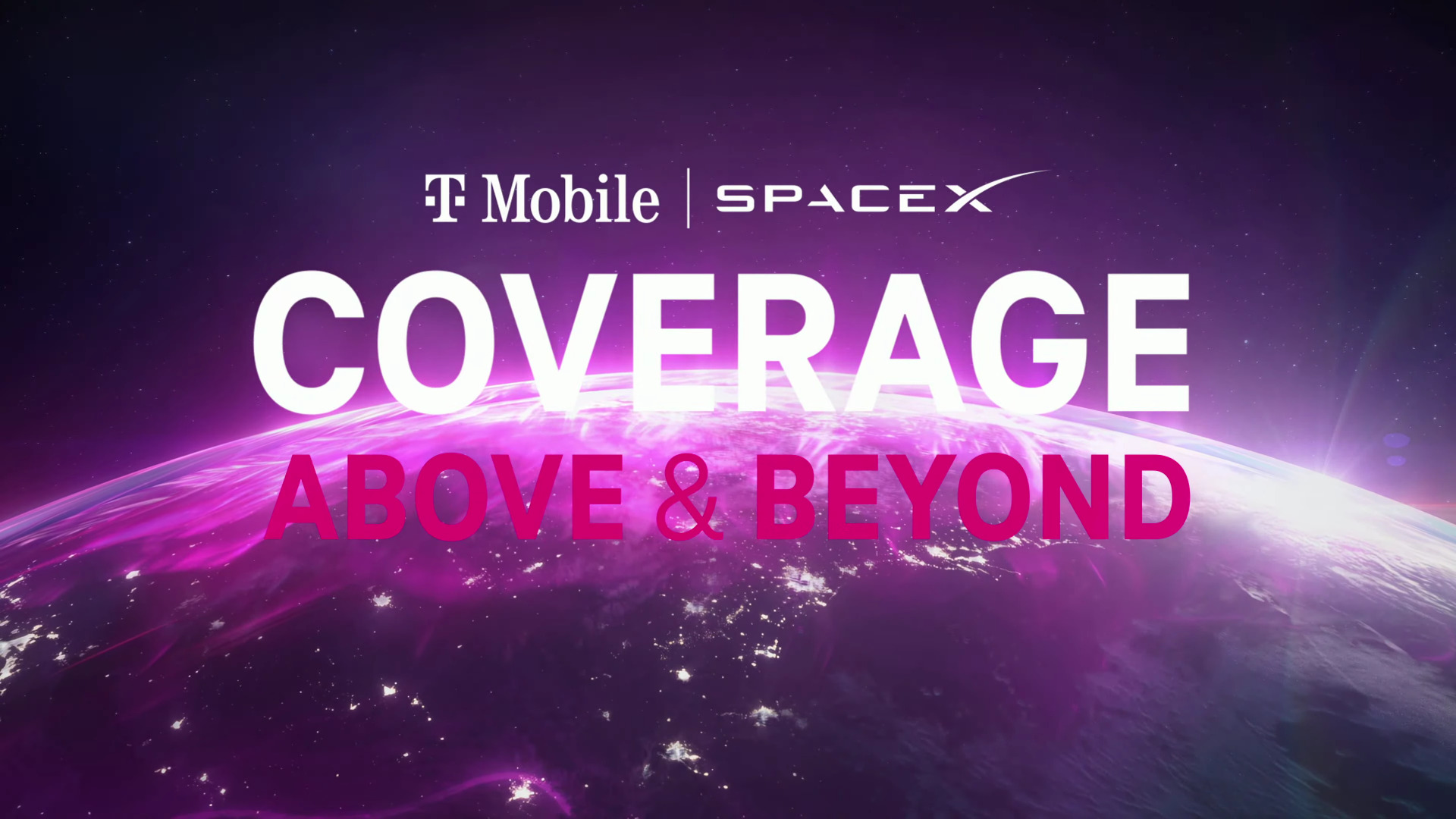
As it stands, there are a few major players in the race for satellite connectivity. Thanks to Apple's marketing prowess and loyal customer base, the iPhone 14 represents a big push in mindshare for the technology as one of the first consumer-grade smartphones to launch with the feature. However, I say "one of the first" because Huawei launched its latest flagship Mate 50 series with satellite connectivity just days before the Apple event.
And while both are somewhat exclusive features, Apple's SOS Emergency by Satellite feature is exclusive to the iPhone 14 in North America (for now, at least), and Huawei utilizes China's BeiDou satellite network to work. Not only that, but certain limitations with each implementation could keep them from living up to the hype.
Apple and Huawei are taking things into their own hands, but T-Mobile and others want to bring satellite connectivity to everyone.
On the flip side, T-Mobile and SpaceX have come together in a partnership and are taking a different approach. The companies announced in August a plan to utilize new Starlink satellites to provide basic smartphone coverage in areas known as dead zones. According to the companies, this should work on just about any existing smartphone because the companies plan to use mid-band spectrum already supported by devices on the carrier's network. Not only that but T-Mobile and SpaceX are inviting global carriers to join in.
And the T-Mobile/SpaceX partnership is just one example. Other carriers have also partnered with satellite companies in an effort to expand service. Verizon plans to use Amazon's Project Kuiper satellites to support its 4G LTE/5G towers and extend service in rural areas. AT&T and other global carriers are also involved to some extent with AST SpaceMobile, which just launched the BlueWalker 3 test satellite it plans to utilize for direct-to-smartphone communications.
Google even chimed in to say that it was working to bring support for direct satellite connectivity in Android 14, which is expected to launch in the second half of 2023.
Get the latest news from Android Central, your trusted companion in the world of Android
Wild to think about user experiences for phones that can connect to satellites. When we launched G1 in '08 it was a stretch to get 3G + Wifi working. Now we're designing for satellites. Cool! Excited to support our partners in enabling all of this in the next version of Android!September 1, 2022
It's not clear what exactly is being built for Android 14, but it will likely help enable seamless connectivity with smartphones and, with any luck, even enable RCS capabilities when connecting to satellites.
Why is this so important?
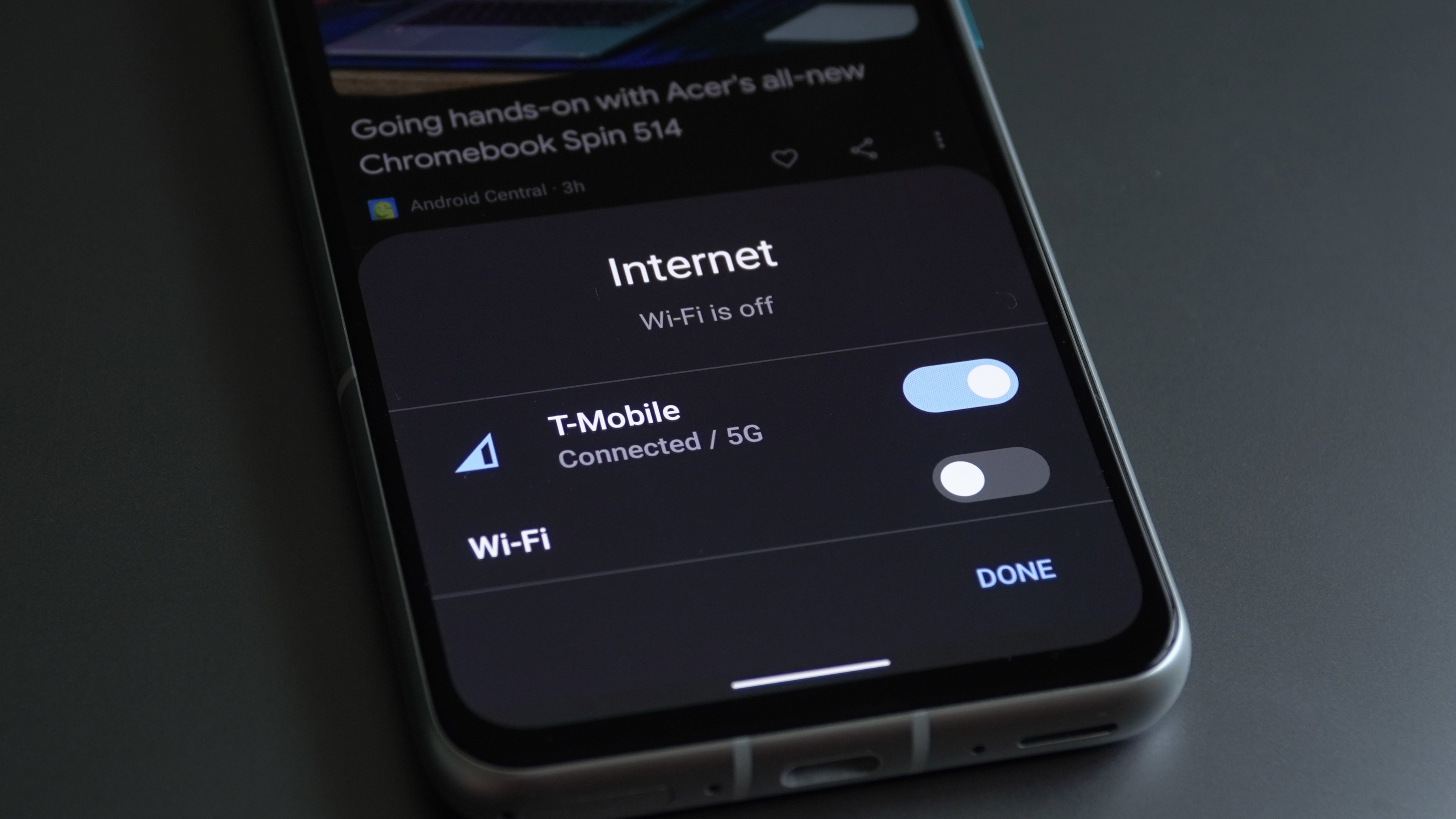
Smartphones and mobile networks continue improving every year. However, traditional wireless networks still have trouble reaching every nook and cranny where service could be vital for users, particularly in the United States. Imagine if you're out on a hike and you're injured or lost and need help. You're pretty much out of luck if you have no cellular service, and this is what these companies are hoping to address by allowing smartphones to tap into satellites.
"Now, you can call for help," said Elon Musk during the announcement of the T-Mobile and SpaceX partnership. "The thing that I think is really profound about what we're announcing today is that it will save lives."
Neil Shah, vice president of research at Counterpoint Research, says this is why Apple pushed for the technology in its latest smartphone. "Apple must be analyzing its premium user base who are using the Apple Watch and iPhones on what is the proportion of the users who travel to remote areas or take the watch for extreme activities outdoors and have weaker or patchy coverage or dead zones."
However, the biggest advantage could be in rural areas where coverage is spotty and often non-existent, even on the best U.S. carriers. Android Central's Chris Wedel wrote how the T-Mobile/SpaceX announcement makes him hopeful for his often overlooked area of Kansas.
He already uses Starlink to connect to the internet and T-Mobile for wireless, as he says the carrier seems to put the most effort into addressing connectivity issues. And while he's skeptical about how well this will work, the partnership is seemingly a match made in heaven for consumers like him.
"Even though I know the chances this service will live up to the hype are slim, I'm still excited about it," Wedel writes. "The idea that my family or I won't be stranded on the side of the road with no way to contact someone could be a thing of the past is amazing."
T-Mobile and SpaceX sound pretty confident in their vision, but there are still a lot of uncertainties.
And he should be skeptical. T-Mobile and SpaceX have garnered plenty of hype for satellite connectivity, but we're still a ways away from it coming to fruition. T-Mobile doesn't plan to start testing until the end of 2023, assuming everything goes as planned with the Starlink V2 satellites, which SpaceX hopes to launch at some point next year. Additionally, there's the matter of FCC clearance to even use the spectrum satellites. AST SpaceMobile, for example, has been granted a fairly limited license to test in the United States.
And as noted before, current implementations are already pretty limited, a fact echoed by Bill Ho, a principal analyst at 556 Ventures. "In the Apple introduction to their Globalstar-based service, it was positioned with a limited set of capability, using pre-scripted questions to the user and similar from the user," Ho explains. "This service addresses when there is no terrestrial connectivity and a dire scenario. Globalstar's spectrum isn't set up for voice and lots of data."
Huawei's solution is similarly limited, and while it allows users to send texts, it apparently doesn't support receiving texts.
Ho suggests that T-Mobile's implementations seem to have better prospects because of how wide-reaching of a proposition it is. "The segue to the T-Mobile - Starlink service description is similar in capability but a bit better, using a piece of the T-Mobile PCS spectrum portfolio."

Shah also points out how much more accessible T-Mobile's satellite connectivity solution is, in theory at least. "In T-Mobile's case, most 5G phones with modems support this, though, and here SpaceX is using T-mobile's mid-band spectrum to deliver connectivity in dead zones. So all the phone has to do is hear and capture the signal transmitted on a particular band supported by the modem."
However, Ho warns that we won't know just how well it works until T-Mobile presents its testing data. So, while the partnership sounds enticing, consumers should probably level their expectations, at least for the time being.
But Shah notes that the groundwork is already being laid for this kind of connectivity. This is thanks to enhanced satellite connectivity support in the upcoming 3GPP release 18 as part of the next version of the 5G standard. In addition, Qualcomm's Snapdragon X65 modem, found in the iPhone 14 and many of the best Android phones, also supports band n53 that Globalstar is using to help Apple achieve its new Emergency SOS feature.
In fact, a recent report suggests that Apple is taking up most of Globalstar's network just to get its direct satellite connectivity off the ground, so to speak.
Who's paying for this?
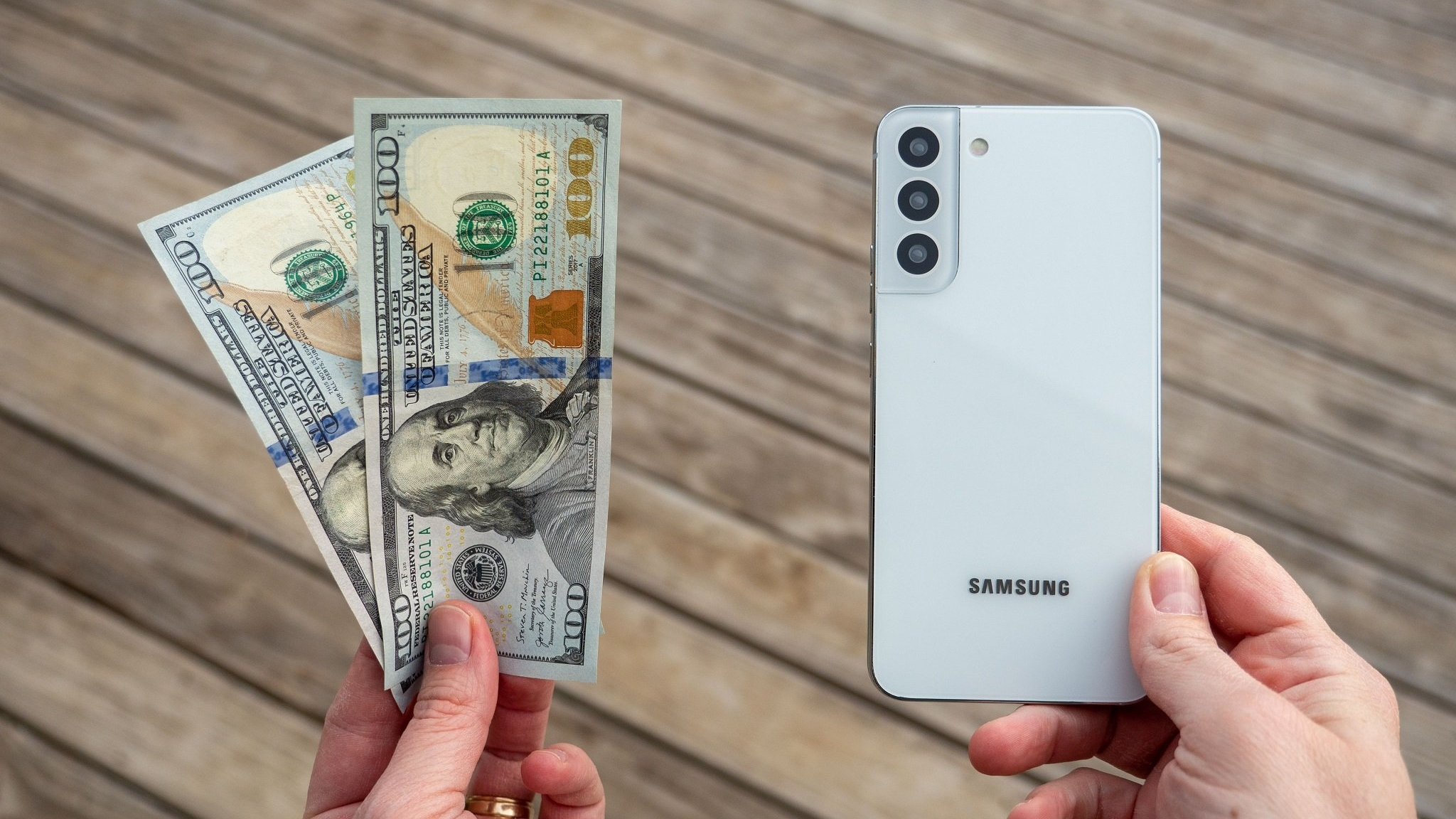
When it comes to cost, companies have made it clear that they plan to pass that on to consumers, but not all at once and not for everyone. Apple's Emergency SOS by Satellite will be free for two years when it launches in November, although nobody knows what will happen after that.
T-Mobile says it doesn't plan to charge subscribers on its "most popular plans," which is a codename for its most expensive plans. Those on cheaper rate plans will likely pay a fee.
Someone's going to have to pay for these expensive new satellites, either now or later.
Ho notes that this is likely due to the technical hurdles and investments to make this happen. "This is indeed a space race to put up the requisite number of satellites to meet the determined use case. To be able to meet coverage/connectivity, many satellites or a constellation would have to do the connectivity heavy lifting." He says that putting up a constellation needs capital and, thus, more resources (read: wireless carriers) to help the cause. "This is why in the Starlink/T-Mobile event, Musk and Sievert made an appeal to other global carriers to join them."
Indeed, Musk commented on some of the technical aspects of making something like this happen during the announcement.
"In order to make this work, you actually have to have, as you might expect, very big ears. So big antennas on the satellites and powerful antennas, and you need a lot of satellites."
Shah explains that carriers and OEMs can pass it off as a "premium feature" to help monetize satellite connectivity while it's still relatively new. In a sense, they can take advantage of the need for this kind of feature by charging more for it. "So the value proposition is huge and akin to paying for insurance — like it feels like a cost unless when you need it and it's a savior and worth it. Further, there is also a cost associated with its because someone has to pay the satellite companies offering this service who are spending billions of dollars on these satellites."
That said, Ho and Shah expect direct satellite connectivity to become more ubiquitous by the decade's end. If that happens, this could bring down whatever costs incurred by consumers and eventually become a standard offering for carriers. But for now, consumers are the ones paying up for this "life-saving" feature. "Though, I believe some carriers and OEMs will take a route to offer it as a freemium service to attract the users to them and monetize bits of it," Shah adds.
This is just the beginning
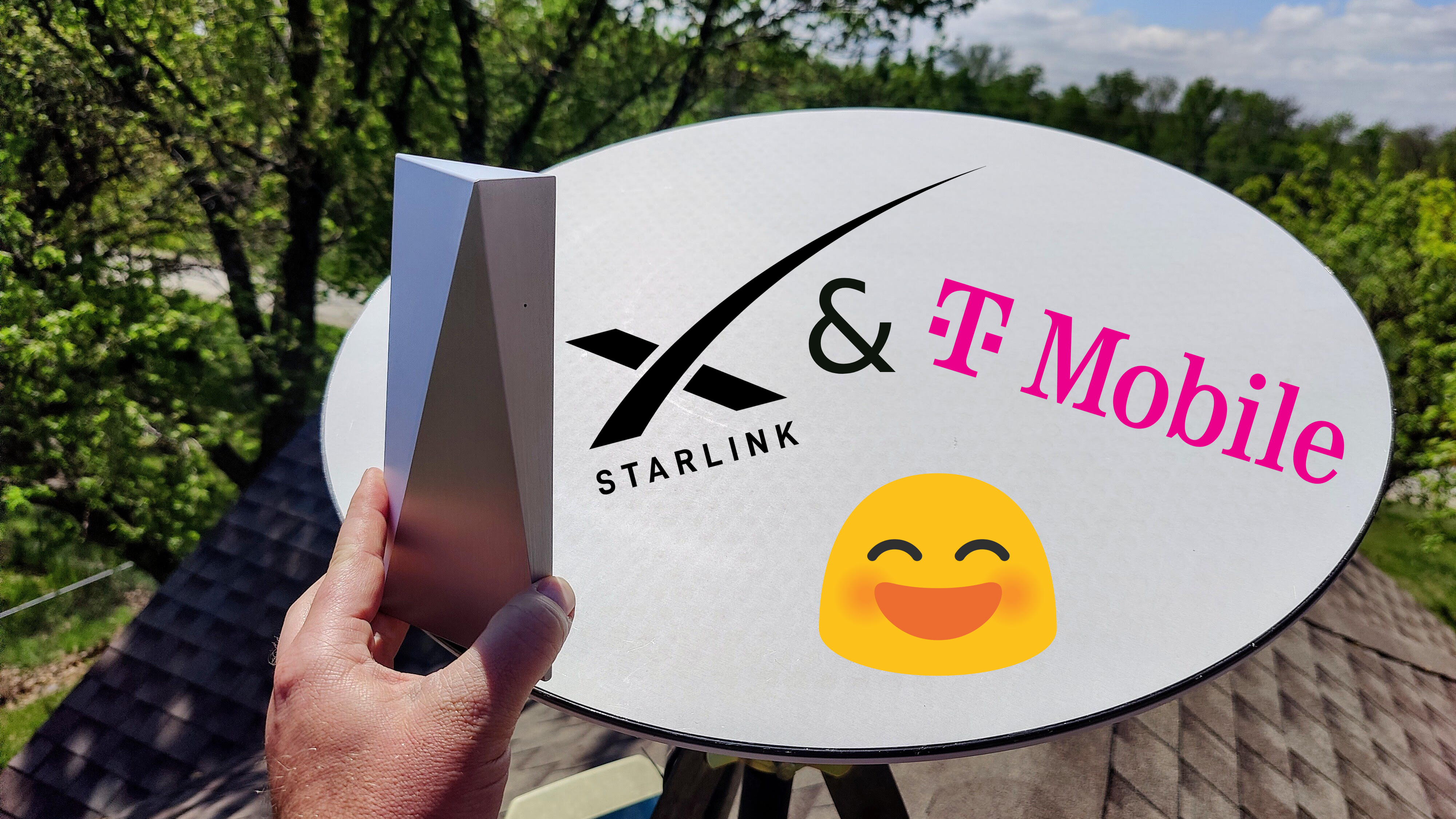
So while direct satellite connectivity is still a novel feature in consumer smartphones, there's still a lot of potential for growth, especially as more carriers get on board.
"But part of the space race is the service differentiation (i.e., user experience - speed and latency)," notes Ho, suggesting that it's up to both carriers and OEMs to make this work seamlessly. "This is a function of the hardware and software."
But while T-Mobile and SpaceX aren't yet off the ground with the new Starlink V2 satellites, they already have plans to grow beyond simple texting and expand to more robust communication like voice and data, giving consumers more options when they're out of typical cellular range.
And fortunately, there are already plenty of players trying to make it happen. For companies like AST SpaceMobile, bringing mobile broadband to everyone is the ultimate goal, as explained by CEO Abel Avellan.
"There's this concept that only people that live in New York, in Miami, Los Angeles, and San Francisco are the ones that can have 30MB into their phone," Avellan stated in a recent interview, adding that 50% of the global population doesn't have cellular broadband. He says he wants to change this and that his mission "is a solution that — regardless of where you are — you will have 5G speeds."
So, Apple may have been among the first to get to space with the iPhone 14, but if watching "For All of Mankind" on Apple TV+ has taught me anything, being first isn't everything.

Derrek is the managing editor of Android Central, helping to guide the site's editorial content and direction to reach and resonate with readers, old and new, who are just as passionate about tech as we are. He's been obsessed with mobile technology since he was 12, when he discovered the Nokia N90, and his love of flip phones and new form factors continues to this day. As a fitness enthusiast, he has always been curious about the intersection of tech and fitness. When he's not working, he's probably working out.
